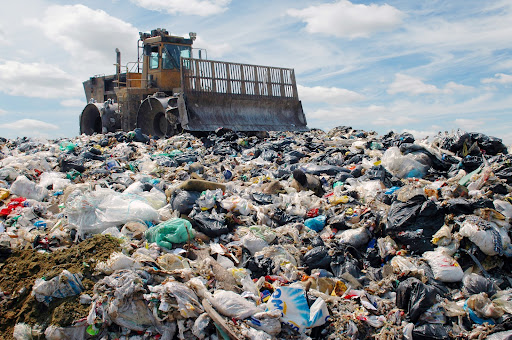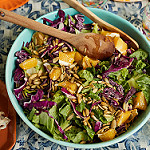
You may be surprised to learn that households waste more food than restaurants, grocery stores, farms, and manufacturing facilities combined, according to the North Carolina Department of Environmental Quality. About half of household waste is food waste. This waste makes up 18% of landfills, making it the largest component found in most landfills. Additionally, 34 million people are food insecure in the US.
When it comes to gardening, food waste is an important topic to consider.

At the end of each garden season, most gardeners do a final harvest and clear out their beds in order to give the soil time to rest before adding new seeds and new transplants for the upcoming season. This big harvest day often yields a surplus of produce that is at risk of going to waste.
Over the next few months, Poe’s Garden-to-Kitchen team will share some tips and strategies for better harvesting and food preservation – so that you can help tackle food waste – starting in your own garden.
Harvesting
Many gardeners are often tempted to leave plants in their garden beds too long because the plants often still look good, or they may not be ready to plant for the next season. It is important to give your garden beds time to rest, which may mean harvesting and cleaning out beds earlier than you may think.
If you’re planning to sow seeds in March and transplant seedlings in April, strive to clean out your winter beds in February.
- Harvest all the produce first. Weigh and record the produce if you like to keep track of production. Bag and box the produce appropriately for the fridge or a cool dark pantry. Set aside to be gifted, eaten soon, or cleaned and preserved.
- Once the food has been harvested, pull everything else out of the beds, including the roots. This plant waste can be chopped and tossed in a compost pile with dry leaves on top pile with dry leaves on top to be used later as fertile soil. If your garden beds will be left undisturbed for many months (i.e. all of fall and winter), some gardeners recommend leaving roots in the soil to decompose.
- Once the garden bed has taken a long nap, amend your garden beds with compost in March. Conduct a soil test to determine the pH and nutrient content. This can be done by submitting a soil sample to your county’s Cooperative Extension.

Preservation
Some produce, such as melons, garlic, and onions, can be stored at room temperature in a cool, dark place. Perishables, such as collard greens, kale, brussel sprouts, and broccoli will benefit most from being stored in the fridge and used for meals within two weeks.
If you’ve got more produce than you plan to eat before it goes bad, consider gifting your harvest to others or preserving it for future use.
Food preservation includes freezing, drying, salting, and canning. Consider turning produce into a soup, stock, or prepared dish that can be frozen or canned. Pickling vegetables is another great way to keep your harvest fresh..
Kale Recipes
You can also use up your harvest and reduce waste by trying new recipes. Here are a few to try.
Further Reading
Come back next month for more information about reducing food waste and food preservation tips. April will be our first ever Garden to Kitchen vlog! In the meantime, read more about food waste reduction.



